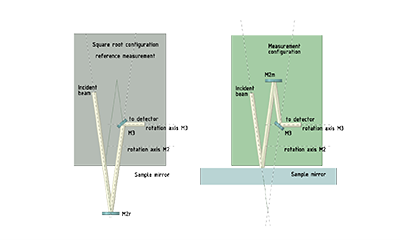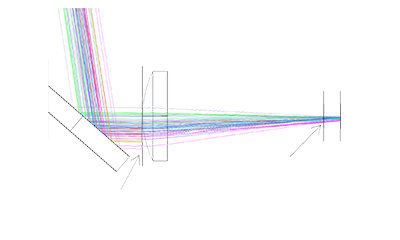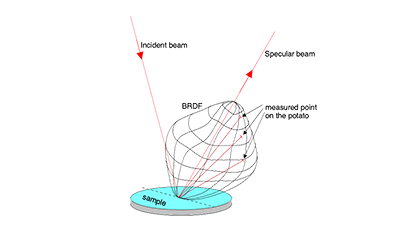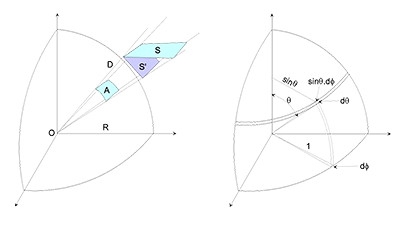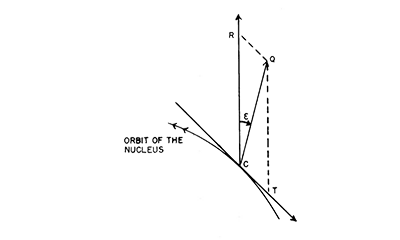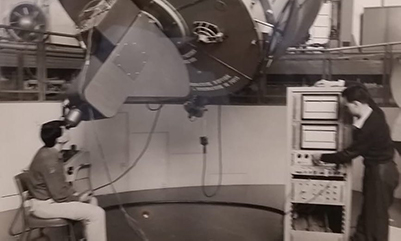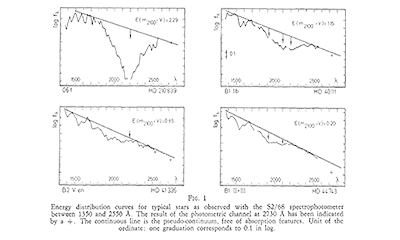❤️ Science lovers blog
Application notes
These notes are written to help the CT7user understanding the metrology problems associated with measuring the reflectivity and the scattering of a surface. They sometimes correct approximate or misleading ideas about mirror's coating maintenance. For that purpose, they give precise definition of terms and notions in accordance with scientific knowledge in physics and radiometry.
You are perhaps wondering why the application notes have such a bizarre irregular numbering system? We also do. Just kidding, there is a simple explanation: there had indeed been 11 notes published to this day, but the other ones are not relevant anymore, and therefore no more available.
We keep the numbering from the remaining notes unchanged, in order not to create confusion for our long time customers by changing the numbering from the texts they already might have in their possession.
Astronomy related contributions
Daniel Malaise worked on numerous ground-breaking astronomy related projects. For example he was in charge of the calibration of the "Celescope" telescope on the very first Orbiting Astronomical Observatory satellite from the NASA. Back in Europe, he took part on various projects from the European Space Agency. He developed, among others, the optical design of the Halley Multicolor Camera. We will upload here interesting insights of some of his most notable contributions.
